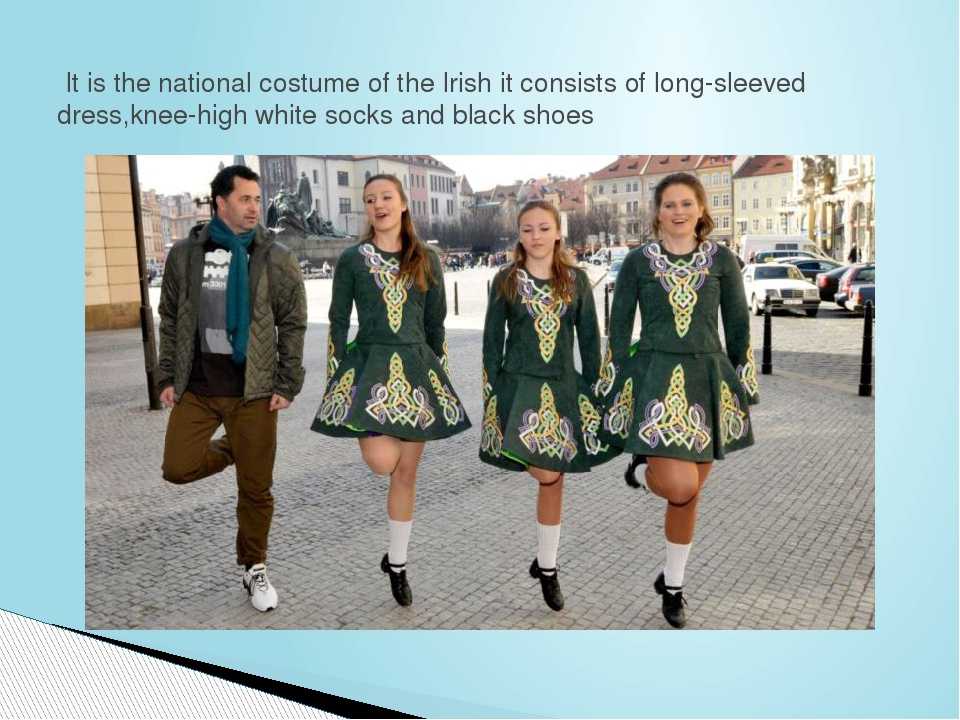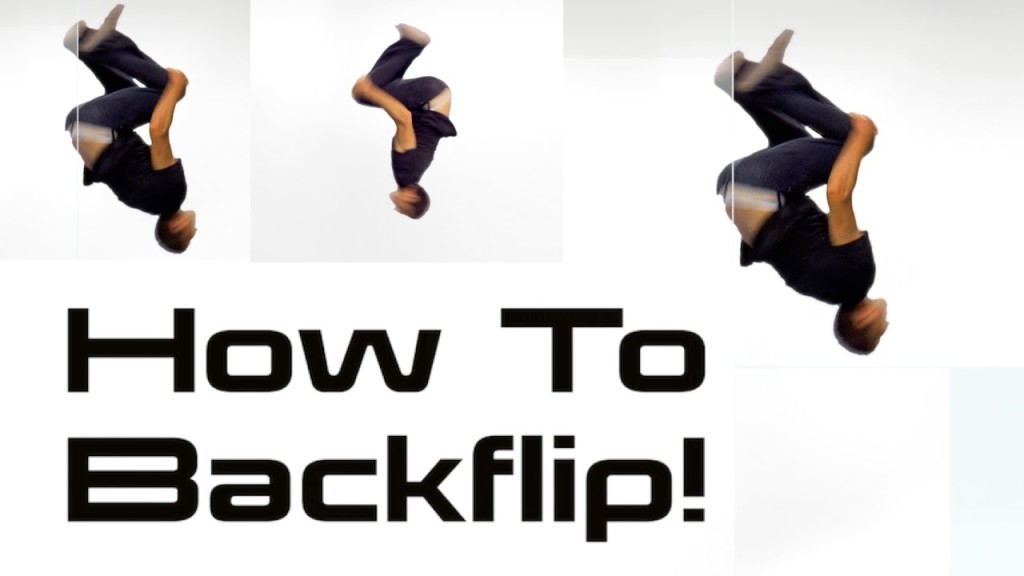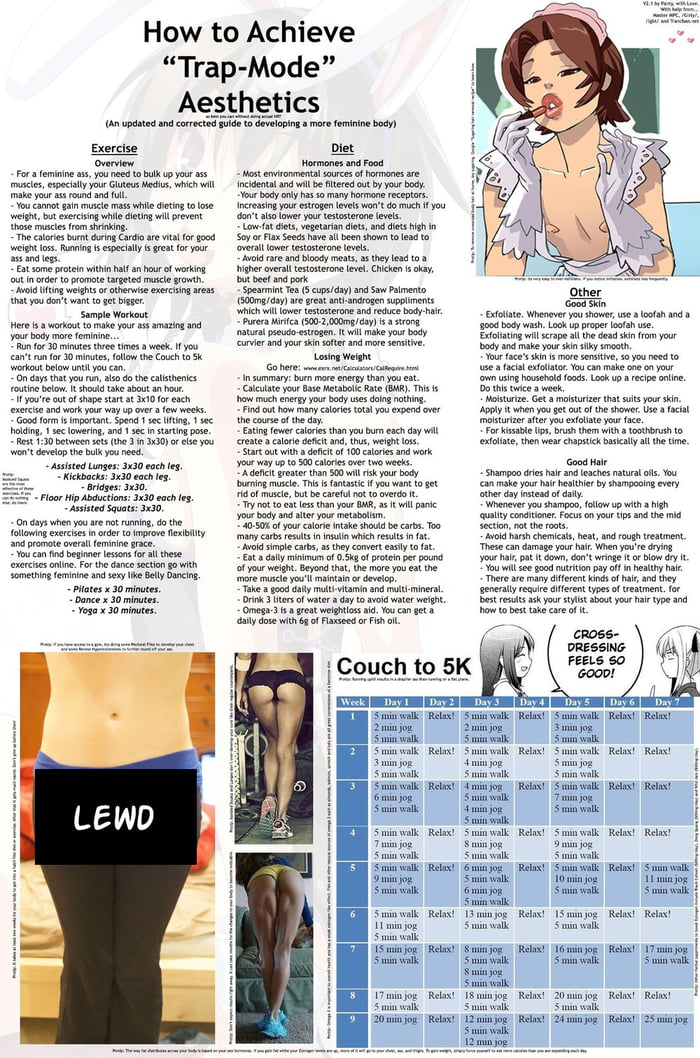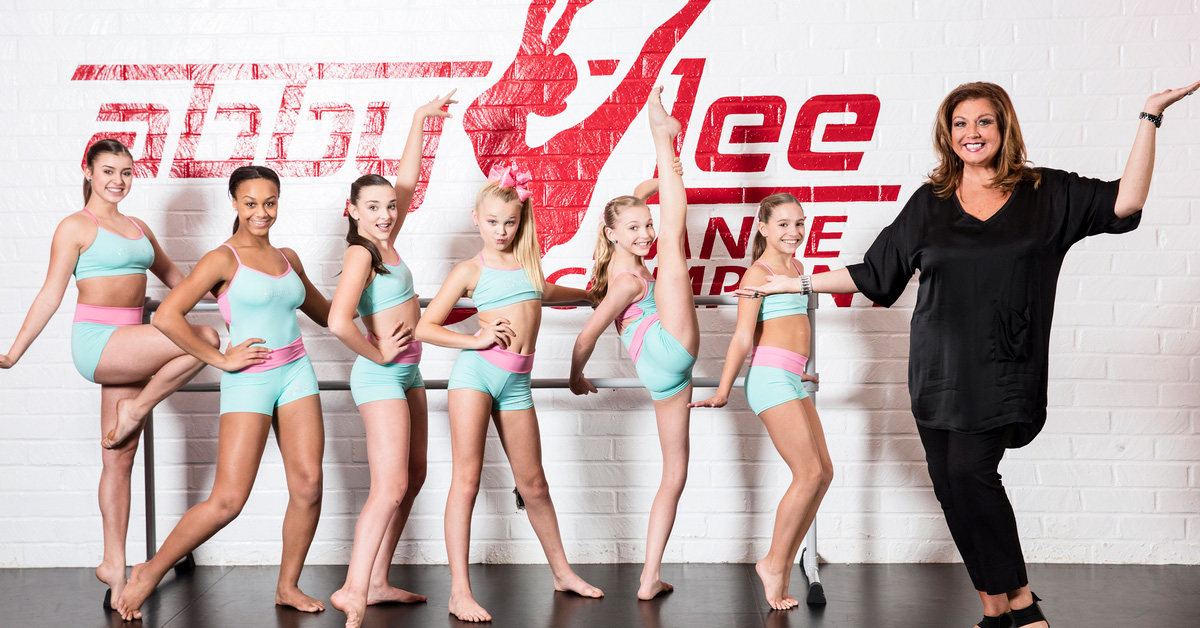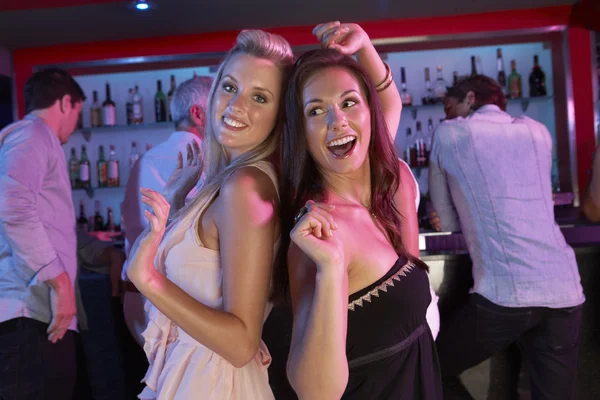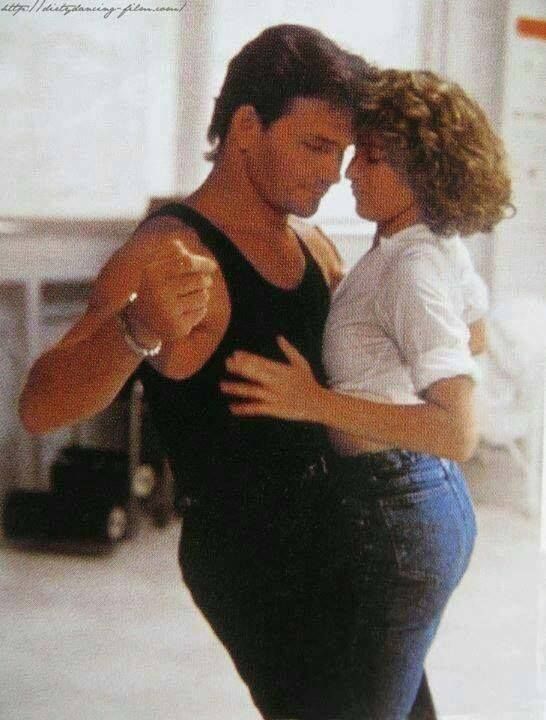How to dance an irish reel
Learning About the Irish Reel Dance
The Irish reel is a folk dance, surprisingly of Scottish origin, that gained popularity in Ireland around the 1800s.
The Irish reel is essentially any Irish dancing that can be danced to Irish reel music.
Table of Contents
- What Is the Irish Reel?
- History of Irish Reels
- Irish Reel Resources
- Other Irish Dance Blogs
- Other Popular Irish Dances
What Is the Irish Reel?
This traditional Irish music is notated with a 4/4 time signature. Sometimes it’s notated with a 2/4 or 2/2 time signature as well. To see a simple example of the dance, slowed down and explained, check out this great, short tutorial by the Trinity Dancers.
Since its first introduction into Irish Culture, the reel has been a long-time dance tradition. Still, it can vary from region to region. The popularity of reels in Irish dancing has given rise to many variations on what constitutes an official reel.
Some styles involve a hop or a kick at some point, while others involve a simple step-hop combination. While these steps may vary from region to region, there is no hard-and-fast rule about what constitutes an Irish reel step.
Any combination of steps will work as long as it’s rooted in the same vein and you’re having fun!
History of Irish Reels
Curious about the origin and history of Irish dance like the reel? As mentioned, the first documentation of this traditional dance was noted in the 1590s in Scotland – although it possibly originated long before. It gained more notable popularity in Ireland and Britain around the 19th century. It’s said that dance was taught throughout Ireland and other countries by “traveling dance masters”—especially in the 17th and 18th centuries.
Irish dancers often perform at St. Patrick’s Day celebrations. They are even set up as competitive dances where usually female dancers can share their advanced steps on the dance floor and show off their team skills.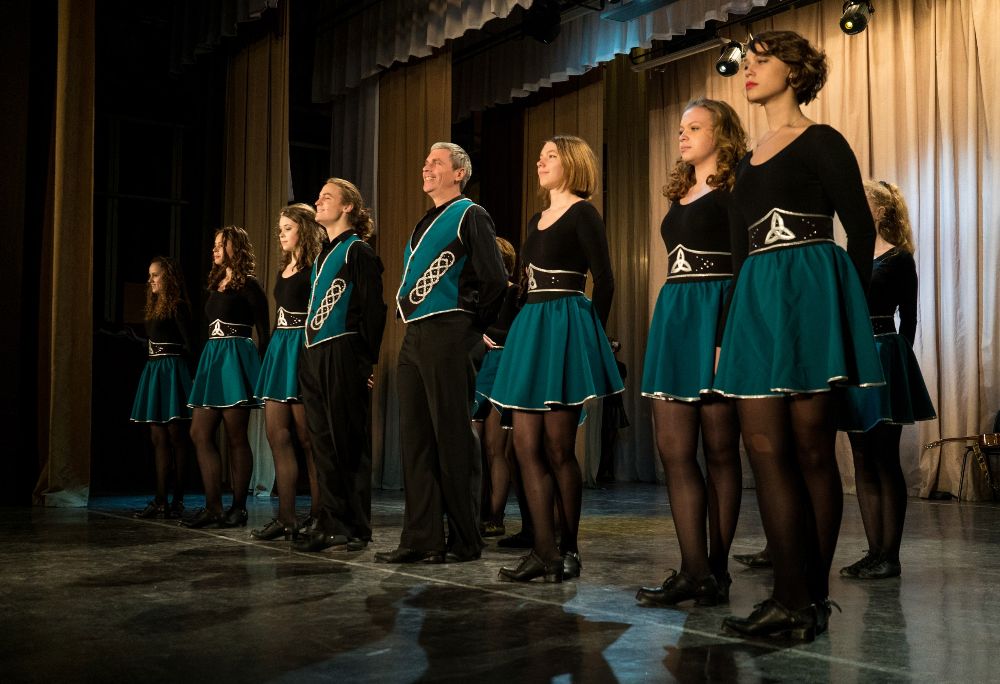
In the early Celtic traditions, it was performed initially for important events like weddings, funerals, and holidays. And certainly still can be if desired.
Otherwise, country-wide competitions and traditional celebrations keep the tradition alive to this day. Irish history is rich in culture and will always include this traditional Irish dance!
Irish Reel Resources
Where to start for absolute beginners? While it may be obvious, take to Google! It really depends where you’re located because in-person classes may not be available near you (primarily if you’re in the United States).
If you are fortunate to find one, you are sure to have so much fun and possibly even make new friends along the way. However, if there’s nothing of the sort near you, visit a website like Youtube!
Often Youtube is an excellent place for tutorial videos; whether you want to do your makeup or learn an Irish jig, someone on their platform has surely got you covered.
Take, for example, this Irish Dancing Beginner Reel. There are many more where that came from. Just take a look and see which instructor works best for you. Youtube is a great place to learn the basic steps of Irish dance if a local class is unavailable.
There are many more where that came from. Just take a look and see which instructor works best for you. Youtube is a great place to learn the basic steps of Irish dance if a local class is unavailable.
Other Irish Dance Blogs
Here are other dance blogs you can find on my website:
● 5 Places You Can Learn Irish Dance Online
● The History and Origins of Irish Dance
● Dance Like No One’s Watching
Other Popular Irish Dances
There are different dances like an Irish step dance, a light jig, a slip jig, a heavy jig, a single jig, a treble reel, and so much more.
Some require a heavy shoe, while others require a strict light shoe. Learn more about the fascinating history of Irish Dance, styles, steps, music, and more at Danceus.org!
Irish dancing briefly took the world by storm in popular culture around the 1990s. Irish-American dancer, Michael Flatley, charmed his way into the hearts of people across the country and beyond. He was known explicitly for his dance shows like Riverdance and Lord of the Dance.
The 1990s were a popular time for various dance movements. As some of you might recall, this was the same time the beloved macarena took the world by storm. While it wasn’t an Irish dance, it quickly became a staple of the time’s dance culture, just like Michael Flatley and his innovative Irish dance styles.
Have you ever practiced Irish dance or the Irish reel? I don’t think you’re ever too young or old to appreciate the cultural depth dance can bring to your life.
Maybe you’ve even seen Michael Flately live himself. Wouldn’t that be something?
In the comments below, I’d love to hear about your experiences with Irish dancing or your culture’s traditional dance!
Slán agus beannacht,
(Goodbye and blessings)
Irish American Mom
Share my recipes and ramblings with the world
Irish Dance: History, Music, Styles, Steps, Dresses, Shoes
Irish dance or Irish dancing is traditional Gaelic or Celtic dance forms that originated in Ireland. It can be performed as a solo or in groups of up to twenty or more trained dancers. In Ireland, Irish dance is part of social dancing or may be for formal performances and competitions.
It can be performed as a solo or in groups of up to twenty or more trained dancers. In Ireland, Irish dance is part of social dancing or may be for formal performances and competitions.
It is performed traditionally with intricate foot work and is most known for the dancers performing with a stiff upper body. Unlike other dance forms, Irish dancers do not move their arms or hands so that footwork is accented.
CONTENT
The History of Irish Dance
The history of Ireland is also the history of Irish Dance. The actual dates of its origin has never been determined specifically. However, Irish history is steeped in Druidic, Celtic and other religious history which affected the origins of Irish dance. For example, processionals in Druidic and Celtic religious practices required precision movement as do Irish reels and jigs.
The Celts are a 2,000 year old civilization that brought with them their own folk dances. Many of their dances were comprised of circular formations around sacred trees or they consisted of certain patterns performed by males and females in a religious rite.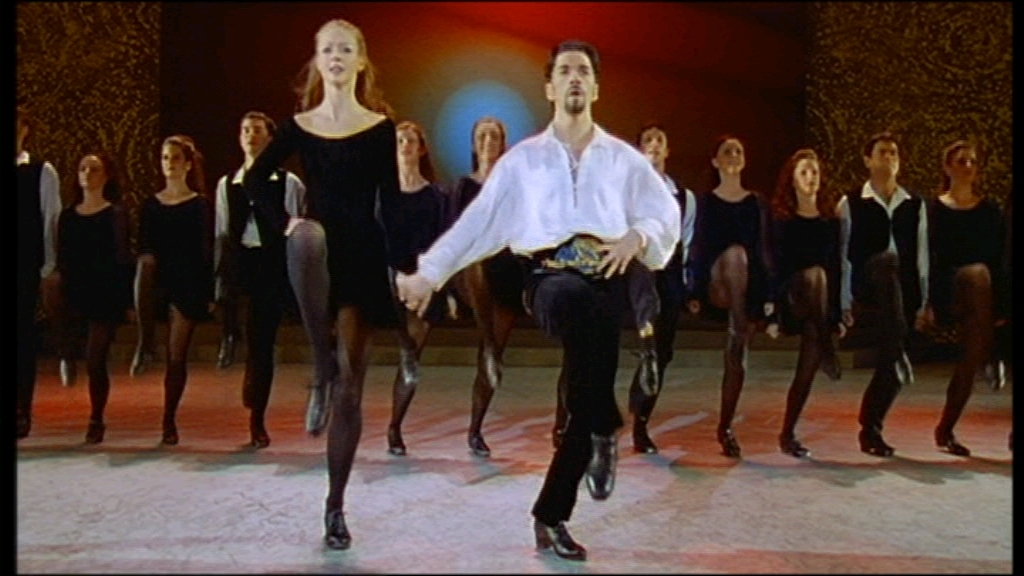
If there has been any influence in Irish Dance, it may have been the Quadrille. Ireland has been a country of many travelers who brought with them various continental dance styles. The Quadrille was one of these styles that impacted Irish dance.
The Quadrille was popular across Europe in the 18th and 19th centuries when royalty held balls and cotillions. Although, the Quadrille was popular toward the end of the 18th century and spread to England and Ireland around the early 19th century.
A Quadrille is a square dance performed by four couples. It contains five choreographic figures. Each of these figures is a complete dance sequence of itself. Thus, it is easy to see how Irish reels became a prominent part of Irish dance.
Musical instruments like the Irish Bodhran (drum), fiddle, concertina, accordian, Uiliean pipes, Celtic harp, tin whistles and banjo form the background of Irish dance music
Irish Dance Costumes, Dresses and Shoes
In the early days of Irish dance the dance costumes for females were basically ankle length dresses or blouses and skirts. For male dancers, costumes might have consisted of a shirt with a kilt in the Irish clan plaid or it may have been a long coat, shirt, vest and briques (calf length pants) with leggings.
Modern Irish dancers and dancers performing in traditional Celtic dance wear several different costume styles. For Traditional Celtic dance, female dancers wear blouses and long skirts while the male dancers perform with traditional shirt and kilt.
Modern Irish female dancers perform in beautiful short dresses in bright colors, mostly always with their arms fully covered. Modern Irish male dancers perform in trousers and a shirt with a colorful sash tied at the waist.
Shoes for male Irish dancers depends on the type of dance they are performing.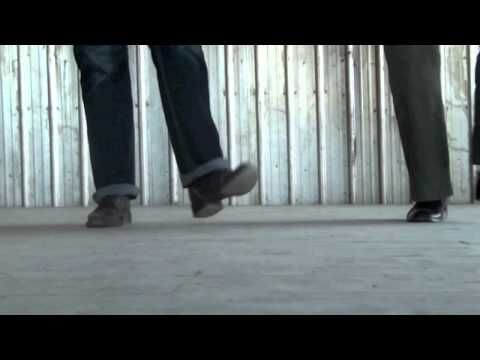 For Flat Down step dancing, shoes have metal cleats on the toes and heels. For Ballet Up dance, shoes for males have soft soles.
For Flat Down step dancing, shoes have metal cleats on the toes and heels. For Ballet Up dance, shoes for males have soft soles.
Female dancers wear black leather "Ghillies" that have soft soles for flexibility for Ballet Up steps. The soft leather of Ghillies help Irish dancers perform dance steps either on the balls of the feet or on tips of their toes.
Female Irish dancers wear two basic types of shoes. For Flat Down step dances, shoes are an oxford style with a thick heel with metal cleat attached to the full heel and a thick frontal sole that also has a metal cleat attached. The oxford is usually black leather, has laces and a leather strap to secure the shoe to the foot.
Irish Dance Styles & Types
In total, there are six Irish dance styles. However, it is equally important to note that within each of the six Irish dance styles, there are basically only two dance style techniques, these are known as Ballet Up and Flat Down. These describe how Irish dancers use their feet in the six styles.
However, it is equally important to note that within each of the six Irish dance styles, there are basically only two dance style techniques, these are known as Ballet Up and Flat Down. These describe how Irish dancers use their feet in the six styles.
Ballet up describes a balletic style where toes are pointed and steps are performed high on the balls of the feet or on tips of the toes. Body weight is lifted upward from the floor.
Flat Down describes a technique that relies more on the use of the heels in a flat, gliding motion. Body weight sinks downward into the floor to emphasize the sound of the metal cleats.
The six Irish dance styles include:
- Traditional Irish Step Dancing - only the legs and feet move in flat down technique
- Modern Irish Step Dancing - full body movement with ballet up technique
- Irish Set Dancing - with Flat Down technique
- Irish Ceili Dancing - with Ballet Up technique
- Irish Sean Nos Dancing - with Flat Down technique
- Irish Two Hand Dancing - with Flat Down technique
Traditional Irish Step
Traditional Irish Step dancing is performed by male and female dancers in long lines, circles, squares or as partnered reels. Traditional Iris Step Dancing consists of dances set to traditional Irish music with a fast tempo that dancers are required to perform sets of steps to.
Traditional Iris Step Dancing consists of dances set to traditional Irish music with a fast tempo that dancers are required to perform sets of steps to.
For example, two groups of dancers face opposite each other and shuffle, hop, jump, tap and stamp to the music as they more toward each other. Dancers then move between the dancers of the opposite line and then back to their original position. This is often referred to as a "competition" line dance.
Modern Irish Step Dancing
Modern Irish Step dancing has female dancers performing ballet up dance movements like leg swings, hopping and jumping or sashaying to the music. The female dancers perform in soft ghillies while the male dancers are heard tapping in Oxford tap shoes to the music Modern Irish Step Dancing
Modern Irish Step dancing has female dancers performing ballet up dance movements like leg swings, hopping and jumping or sashaying to the music. The female dancers perform in soft ghillies while the male dancers are heard tapping in Oxford tap shoes to the music.
The female dancers perform in soft ghillies while the male dancers are heard tapping in Oxford tap shoes to the music.
Irish Set Dancing
Irish Set Dancing, as its name implies consists of dances performed in "sets." For example, a performance of Irish Set Dances may be part of a whole choreographed dance performance that is broken up into several separate parts. The set usually requires dancing in couples in four sets.
The Set Dance begins with all four couples dancing to the same choreography. This is followed by each couple performing the same sets as individual couples.
Irish Ceili Dancing
Irish Ceili (pronounced "kay-lee) Dancing is a very traditional dance form. It originated in the 1500's and is always performed to traditional Irish music.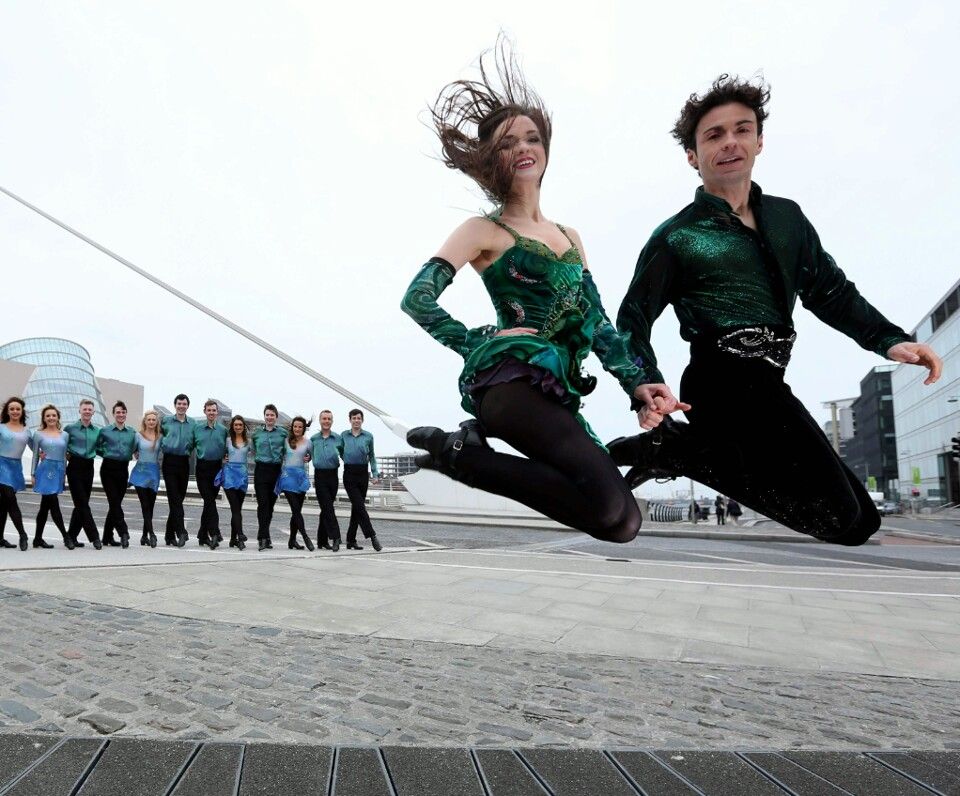 The Ceili Dances consist of quadrilles, reels, jigs and long or round dances. These were the most native Irish traditional folk dances.
The Ceili Dances consist of quadrilles, reels, jigs and long or round dances. These were the most native Irish traditional folk dances.
Irish Sean Nos Dancing
Irish Sean Nos Dancing is one of the oldest of the traditional Irish dance styles. It is the only one performed as a solo. It differs from other Irish dances in that it allows free movement of the arms and it is flat down with the heavy weight on the accented beat of the music.
Sean Nos Dancing is the only Irish dance that also allows the solo dancer to improvise the choreography simultaneously as the dance is performed. The taps consist of shuffles and brushes as the dancer moves across the floor.
Irish Two Hand Dancing
This style of Irish Dance was a predominant part of Irish socializing.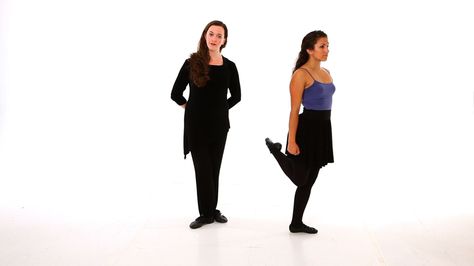 It is performed much like Irish Set Dancing with the exception that is it danced to polkas, Irish hornpipes, waltzes and jigs. Like the Irish Set Dancing, it is performed by couples with specific choreographic dance patterns, although in Irish Two Hand Dancing the patterns are repeated.
It is performed much like Irish Set Dancing with the exception that is it danced to polkas, Irish hornpipes, waltzes and jigs. Like the Irish Set Dancing, it is performed by couples with specific choreographic dance patterns, although in Irish Two Hand Dancing the patterns are repeated.
In Irish Two Hand Dancing couples dance in a relaxed style while they tap their feet in shuffling, hopping and spinning motion. By all appearances, when Irish Two Hand Dancing is performed on a large dance floor, the couples seem to be gliding along as they dance.
Basic Irish Dance Steps
Ballet Up styles of Irish dance rely on several uniformly performed steps. The first comes from the ballet step, "chasse," which means to "chase." In this step the Irish dancer steps with the right foot while the left foot "chases" the right in three counts. This is often called the "1-2-3.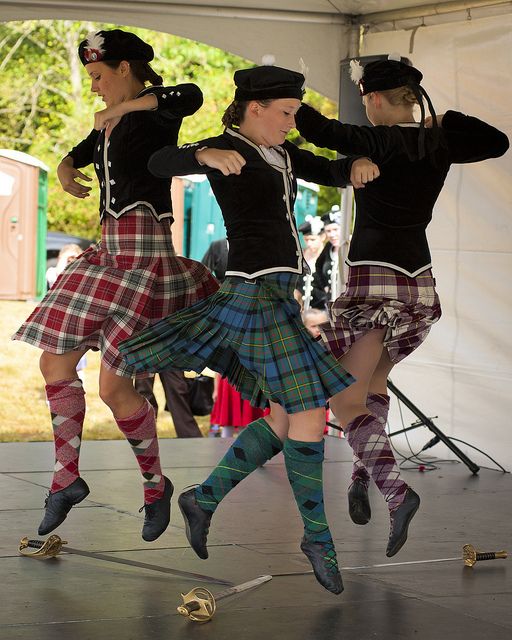 "
"
Another step borrowed from Ballet is the "cabriole" which is to leap into the air while the left calf beats under the right calf that is extended forward in the air. There are several other steps that require the dancer to perform full or half turns.
In Flat Down Irish dance steps, the dancer's foot strikes the floor in a twisting shuffle of the right foot while hopping into the air with the left foot.
There are also combinations of Irish dance steps that include the "1-2-3", shuffle, stamping the whole foot and tapping one toe behind the other foot that holds body weight.
Although traditional Irish dance limits movement of the arms, today's modern Irish dancers are seen starting a dance routine with their hands on their hips and using certain movements of the arms that coordinate with music for interpretation of choreography.
Irish Dancers are as young as pre-school age to adult. There are numerous Irish Dance schools that teach traditional and modern Irish dance styles in the U.S. and Europe. The syllabus for Irish Dance is less complex than ballet, although several Irish steps originate from ballet.
There are numerous Irish Dance schools that teach traditional and modern Irish dance styles in the U.S. and Europe. The syllabus for Irish Dance is less complex than ballet, although several Irish steps originate from ballet.
Irish Dance is a combination of ballet and tap dancing. Although, it can be said that tap dancing originated from Irish flat down dance technique.
Unlike ballet, however, Ballet Up dance steps require dancers to place full weight on their toes in ghillies that are not blocked as ballet pointe shoes are.
In Flat down dance steps, the shoe is more flexible across the front of the shoe than a traditional tap dance shoe. This enables the Irish dancers to perform shuffling steps with more speed.
Irish Dance Today
The first international reintroduction to Irish Dance performances was with the performance of "Riverdance", composed by Bill Whelan.
The first performance was in 1995 in Dublin. It starred the now famous Irish Dancer and Irish Dance choreographer, Michael Flatley.
Although, it predominantly features Irish step dancing, "Riverdance" has a Baroque style that incorporates other dance styles like flamenco and a Russian dervish. The end result for dance experts is that "Riverdance" provides insight into how dances are linked in technique and styles.
It has since been performed as a touring Irish Dance show in New York City and at the Vatican for Pope Francis.
In addition to "Riverdance," Michael Flatley choreographed his first full length Irish Dance performance in which he starred, in "Lord of the Dance." This was followed by "Feet of Flames" and "Celtic Tiger Live." These are modern Irish dance shows that include Ballet Up and Flat Down Irish dance techniques.
In "Feet of Flames," Michael Flatley performs a lengthy series of movements that seem to defy gravity, all while maintaining balance and musical timing.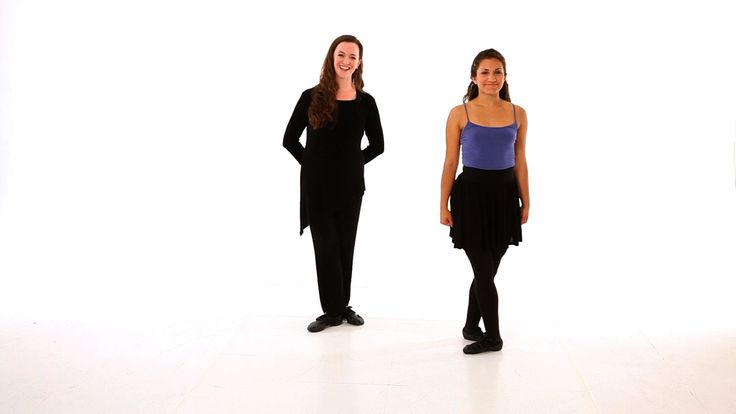
However, in the Flatley shows, he included traditional Irish songs in the Gaelic language as well as actual story lines for each of his Irish dance shows. For example, in Lord of the Dance, the story line has both a romantic and a fairy tale plot that includes a whimsical fairy piper.
As a result of the addition of a Gaelic singer and two Irish talented Irish fiddlers in these shows, similar Irish entertainment emerged from these Irish performances such as "Celtic Woman" and "Irish Tenors."
All of these Irish performances include some of the most extraordinary dance talent and shows the extreme skill needed to maintain Irish dance choreography as well as a semblance of acting talent.
There are also Irish Dance Championships that encourage students of Irish Dance to take part in competitions for awards for their dance techniques, skills and choreography.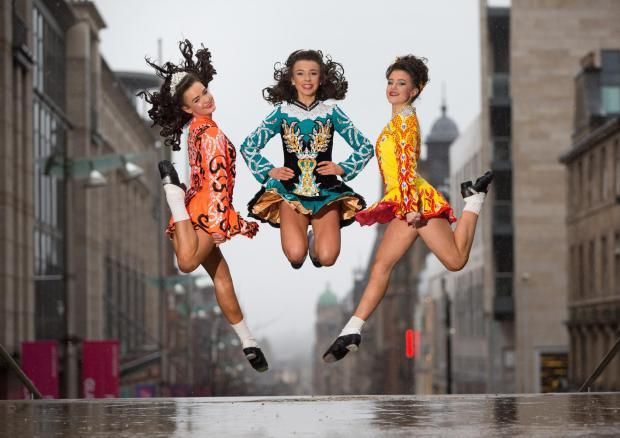
Conclusion
There is no doubt Irish Dance captures the attention of audiences wherever it is performed. There are also many Irish societies and organizations that help promote Irish dance performances like the Ancient Order of Hibernians, Milwaukee St. Patrick's Day Parade, Friendly Sons of the Shillelagh and the World Irish Dance Organization. Today, Irish Dance is seen in the Thanksgiving Day Macy's Parade as well as the St. Patrick's Day parade in New York City and Chicago.
how to dance Irish dances, video lessons
Ireland is an unusual and mysterious country, the unique charm of which is given by evergreen hills, ancient castles, and of course amazing dances. National dances are performed only to Irish music and look very beautiful and spectacular, thanks to the speed of movement and rhythm. Currently, this dance direction is extremely popular in many countries. There are many schools and studios that teach jig, reel or hornpipe, but you can learn how to dance Irish dances on your own. Depending on the technique of performance and the number of participants, the following varieties are distinguished:
There are many schools and studios that teach jig, reel or hornpipe, but you can learn how to dance Irish dances on your own. Depending on the technique of performance and the number of participants, the following varieties are distinguished:
- Solo, is a rhythmic and clear movement of the legs, while the body and arms are motionless, one person is dancing.
- Group, performed by a group of up to 16 people, and include elements of solo dances with rebuilding in a circle, line or column and the inclusion of hands.
- Folk or social, characterized by simple quadrille-like movements, danced in pairs.
For those who decide to learn how to dance Irish dances on their own, video lessons for beginners will be an excellent tool. It is better to start with a solo direction, which includes: jig, reel, hornpipe and solo sets. nine0003
Jiga
Performed to the music of the violin. Fun and cheerful jig, consists of traditional jumps and special steps. The jumps are quite high, which makes a lasting impression, but at the initial stage, you should not jump high. First you need to learn how to properly hold the body and press your hands, and most importantly, land softly. Dynamic and spectacular Irish dances can be a serious challenge for beginners.
The jumps are quite high, which makes a lasting impression, but at the initial stage, you should not jump high. First you need to learn how to properly hold the body and press your hands, and most importantly, land softly. Dynamic and spectacular Irish dances can be a serious challenge for beginners.
Reel
Reel is believed to be of Scottish origin, but has been heavily modified to include true Irish elements. Great for beginners and is usually the starting point for learning how to dance Irish dance properly. May be fast or slow. nine0003
Fast paced reels have a set of simple movements, while slow ones are characterized by a more complex set of figures, including high jumps. The technique of execution, depending on the type of footwear, can be soft or hard.
Hornpipe
Includes jumps and tap dance elements, touching the floor alternately with the heel and toe, creates a drumming effect. Hands are usually located on the belt or extended at the seams, and swings are made with a leg bent at the knee.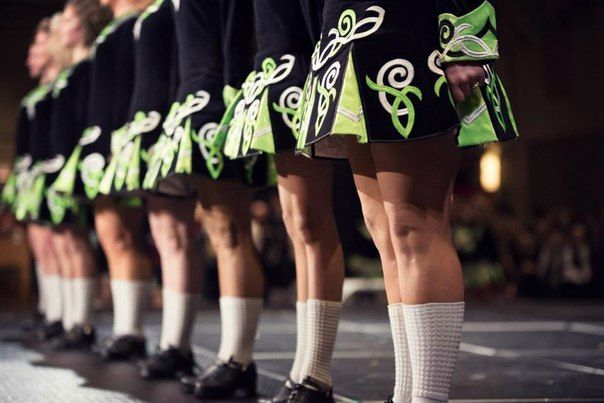 It is performed only in hard shoes and is the most difficult to master. Somewhat similar to the reel, the hornpipe is notable for its particular dotted rhythm and emphasis on the first count. It can also be slow and fast. nine0003
It is performed only in hard shoes and is the most difficult to master. Somewhat similar to the reel, the hornpipe is notable for its particular dotted rhythm and emphasis on the first count. It can also be slow and fast. nine0003
Set solo dances
A distinctive feature is a special set melody, which can be traditional or author's, and differs in its structure from ordinary Irish music. Under such melodies, unique dance compositions are developed, intended for participation in competitions, which will include complex steps and non-traditional elements. From generation to generation in Ireland, the music and steps of solo sets created in the distant past and called traditional are transmitted. nine0003
Irish dancing is not only an amazing charge of positive energy and energy, but also a great way to increase stamina and improve physical fitness. Having mastered the basic elements, you can continue to use lessons for beginners to learn Irish dances, or contact a special studio. Speed, clarity and rhythm of movements will come with regular practice.
Speed, clarity and rhythm of movements will come with regular practice.
Video lessons
Katrin Selezneva
Teacher of modern and classical dance, participant in international competitions. Teaching activity in dance schools for 8 years. nine0003
Irish Dancing Lessons for Beginners: Simple Movements
Ireland is an unusual and mysterious country, the unique charm of which is given by evergreen hills, ancient castles, and of course amazing dances. National dances are performed only to Irish music and look very beautiful and spectacular, thanks to the speed of movement and rhythm. Currently, this dance direction is extremely popular in many countries. There are many schools and studios that teach jig, reel or hornpipe, but you can learn how to dance Irish dances on your own. Depending on the technique of performance and the number of participants, the following varieties are distinguished:
Currently, this dance direction is extremely popular in many countries. There are many schools and studios that teach jig, reel or hornpipe, but you can learn how to dance Irish dances on your own. Depending on the technique of performance and the number of participants, the following varieties are distinguished:
- Solo, is a rhythmic and clear movement of the legs, while the body and arms are motionless, one person is dancing.
- Group, performed by a group of up to 16 people, and include elements of solo dances with rebuilding in a circle, line or column and the inclusion of hands.
- Folk or social, characterized by simple quadrille-like movements, danced in pairs.
For those who decide to learn how to dance Irish dances on their own, video lessons for beginners will be an excellent tool. It is better to start with a solo direction, which includes: jig, reel, hornpipe and solo sets. nine0003
Jiga
Performed to the music of the violin. Fun and cheerful jig, consists of traditional jumps and special steps. The jumps are quite high, which makes a lasting impression, but at the initial stage, you should not jump high. First you need to learn how to properly hold the body and press your hands, and most importantly, land softly. Dynamic and spectacular Irish dances can be a serious challenge for beginners.
Fun and cheerful jig, consists of traditional jumps and special steps. The jumps are quite high, which makes a lasting impression, but at the initial stage, you should not jump high. First you need to learn how to properly hold the body and press your hands, and most importantly, land softly. Dynamic and spectacular Irish dances can be a serious challenge for beginners.
Reel
Reel is believed to be of Scottish origin, but has been heavily modified to include true Irish elements. Great for beginners and is usually the starting point for learning how to dance Irish dance properly. May be fast or slow. nine0003
Fast paced reels have a set of simple movements, while slow ones are characterized by a more complex set of figures, including high jumps. The technique of execution, depending on the type of footwear, can be soft or hard.
Hornpipe
Includes jumps and tap dance elements, touching the floor alternately with the heel and toe, creates a drumming effect. Hands are usually located on the belt or extended at the seams, and swings are made with a leg bent at the knee. It is performed only in hard shoes and is the most difficult to master. Somewhat similar to the reel, the hornpipe is notable for its particular dotted rhythm and emphasis on the first count. It can also be slow and fast. nine0003
Hands are usually located on the belt or extended at the seams, and swings are made with a leg bent at the knee. It is performed only in hard shoes and is the most difficult to master. Somewhat similar to the reel, the hornpipe is notable for its particular dotted rhythm and emphasis on the first count. It can also be slow and fast. nine0003
Set solo dances
A distinctive feature is a special set melody, which can be traditional or author's, and differs in its structure from ordinary Irish music. Under such melodies, unique dance compositions are developed, intended for participation in competitions, which will include complex steps and non-traditional elements. From generation to generation in Ireland, the music and steps of solo sets created in the distant past and called traditional are transmitted. nine0003
Irish dancing is not only an amazing charge of positive energy and energy, but also a great way to increase stamina and improve physical fitness. Having mastered the basic elements, you can continue to use lessons for beginners to learn Irish dances, or contact a special studio.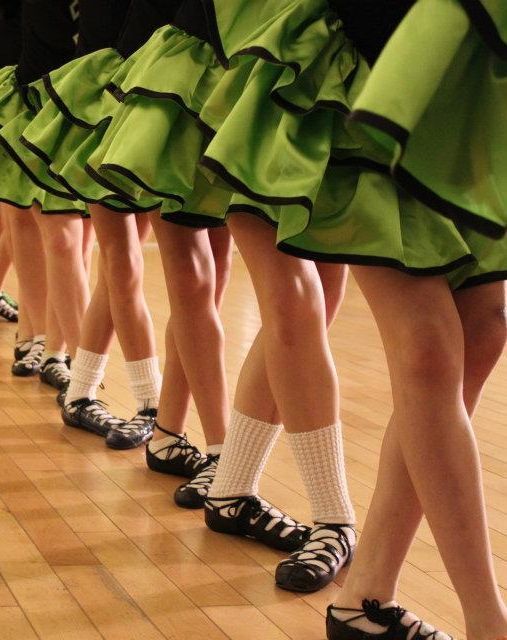 Speed, clarity and rhythm of movements will come with regular practice.
Speed, clarity and rhythm of movements will come with regular practice.
Our school invites you to join one of the brightest and most popular ethnic styles and invites you to Irish dancing. The Irish for centuries, against all odds, carefully preserved their cultural heritage, thanks to which we have the opportunity to enjoy these magnificent styles. They are more like flying than actually dancing, perhaps because of the contrast between the fixed body and the fast movements of the legs. Irish dances are beautiful and varied. There are a huge number of different constantly developing currents. We are developing the sport of modern Irish dancing, children and adults are actively training throughout the year to take part in Russian and foreign competitions. This direction gained wide popularity and became popular after the legendary performance of the show group Riverdance at the Eurovision final at 1996 year.
The main types of sports Irish dances are:
Solo by difficulty levels.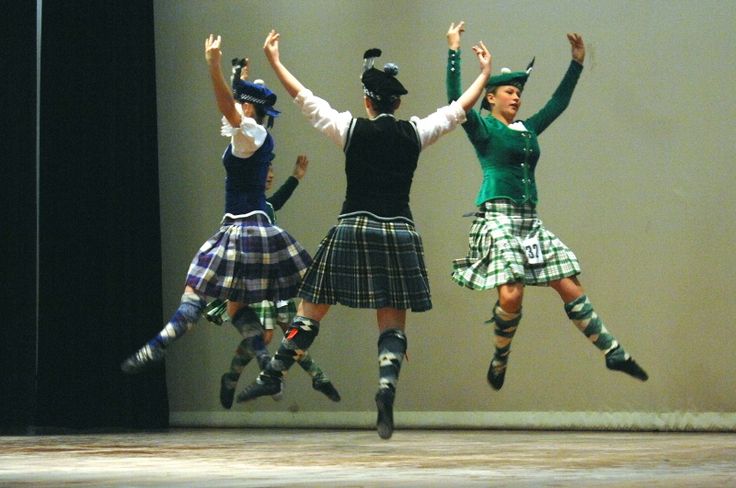
Group traditional (keili).
Staged figures with the author's choreography.
Irish dance classes are a great opportunity to develop physically, children and adults improve posture, develop flexibility. Preparation for tournaments will make your child more purposeful and disciplined, he will learn to work on himself and strive for better results, and participation in group dances will teach him to work in a team. The sports component develops the will to win in children and teaches them to cope with failures. This direction is very mobile, so this is a great leisure activity for active children. Another important feature is that most of the competitions are solo, you do not need to look for a partner to learn Irish dancing. nine0003
We accept everyone. Experience shows that the desire to practice and grow is more important than the original physical ability. With the right motivation and stable work, anyone can achieve high results.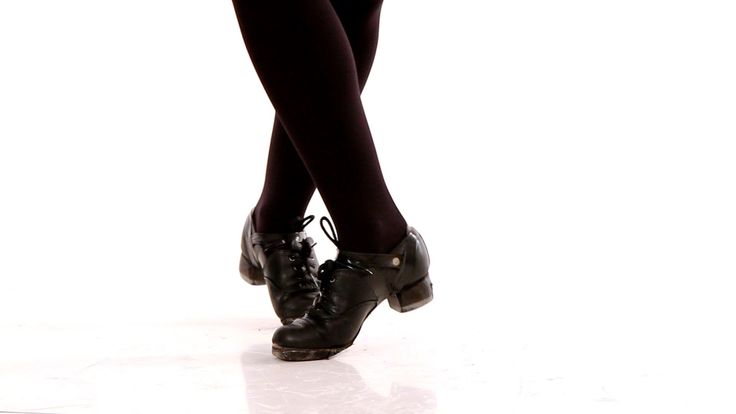 This is confirmed by the success of our dancers, who successfully perform at competitions of any level - from small Russian ones to European championships.
This is confirmed by the success of our dancers, who successfully perform at competitions of any level - from small Russian ones to European championships.
Our Irish dance school "Phoenix" is one of the best in the north of Moscow, it employs experienced trainers who try to find an approach to any student. Lessons are held in a relaxed friendly atmosphere. If you want your child to have a fun, dynamic and rewarding time, Irish dancing is a great choice. We are located near the metro Voykovskaya or Sokol (SAO) and invite all children from 4 years old to classes, as well as adults without age restrictions. There are group lessons for both beginners and advanced. More details can be found on the website below. nine0003
The Dance.Firmika.ru portal contains information about where you can sign up for Irish dance classes in Moscow: addresses and telephone numbers of dance schools and dance studios, prices for the most popular directions, student reviews. For greater convenience in using the portal and searching for a dance school, we suggest using a convenient filter by districts and metro stations. Visual tables will help you compare the cost of classes and trainings in different dance studios in the city, choosing the best option for the price. nine0003
Visual tables will help you compare the cost of classes and trainings in different dance studios in the city, choosing the best option for the price. nine0003
Irish dances can be safely called one of the oldest dance directions, the first mention of which dates back to the XI century. hard to find another similar dance in which the rhythm is so harmoniously intertwined, fun and energy.
Irish dance - style features
Irish step dance, danced solo, belongs to the demonstrative directions that originated in Ireland. Gradually developing from traditional elements, today it is a very exciting sight. Initially, the dance developed in countries where there was a large Irish diaspora, but over time it gained fans among the locals as well. This led not only to the appearance of simple demonstration performances and various shows, but also to the development of all kinds of competitions held in Ireland, the USA, England and other countries. nine0003
It is difficult to confuse the Irish dance with others - the distinctive features include an almost motionless body, hands down, fast and clear foot movements.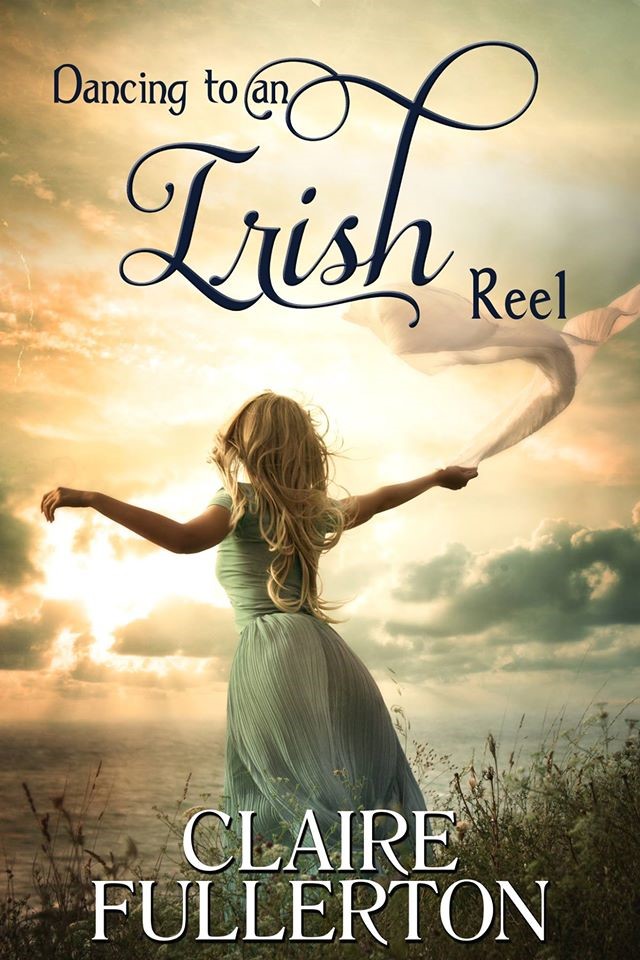 Due to the fact that the main movements of the dance involve the work of only the legs, there is also a second name for Irish solo dances - step dances. Although in Russian the word "step" usually means dances, during which sound is extracted with the help of sonorous heels. However, this does not prevent you from dancing Irish dances in shoes with soft soles. nine0003
Due to the fact that the main movements of the dance involve the work of only the legs, there is also a second name for Irish solo dances - step dances. Although in Russian the word "step" usually means dances, during which sound is extracted with the help of sonorous heels. However, this does not prevent you from dancing Irish dances in shoes with soft soles. nine0003
Irish dance steps are individual for each school and directly depends on the teacher. Each professional teacher personally develops steps for his students. All movements use the same basic elements, but in general each dance is unique.
What are the benefits of Irish dance lessons?
This is a very proud dance that inspires confidence and self-esteem dignity in a dancer. In the classroom, students learn to feel the rhythm well and music, reflecting them in every movement. Irish dance lessons teach constantly listen to your body and fully control it. Since during dance, only the legs are involved, the head, body and arms remain motionless - this teaches you to perfectly coordinate your own movements. nine0003
nine0003
Having decided to start learning Irish dancing, you need to take care of clothes. It should be comfortable and not restrict movement. Girls fit light T-shirts, tops or blouses, tight tights or leggings, short, knee-opening skirts. You can also wear shorts. Their shoes are worth giving away preference for soft models: Czechs, ballet flats, jazz or Irish.
Irish dance: training in Moscow
Emotional and energetic Irish dances are very popular in different countries. For quite a long period of time, interest in them has not weakened, and the number of people wishing to engage in them is constantly growing. Fans of Irish dancing in Moscow have long perceived them as a serious sport that requires long-term training. nine0003
Irish dancing has an amazing energy effect on the audience. People sitting in the hall, watching the rhythmic dancers on the stage, would gladly join the dancers. Of particular interest are the unusual poses of the tap dancers: the upper part of the body is practically motionless, the arms also do not take part in the dance, but that's what the legs are capable of! They bear the main responsibility for the entire dance.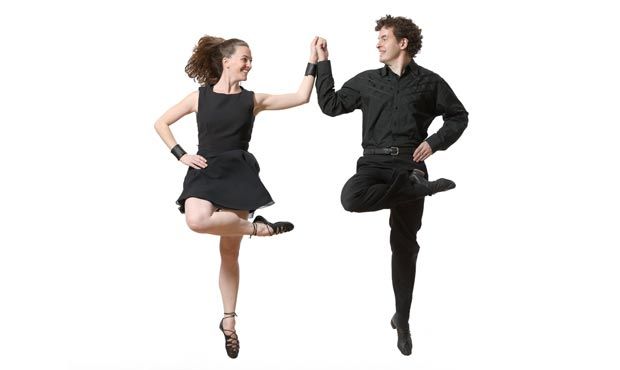
Irish dancing: from the time of the Druids to the present nine0136
Irish dancing dates back to the time of the Druids. Initially, they had a ritual orientation and were performed in a circle. However, despite their specific purpose, even then they were unusually rhythmic and emotional. In medieval Ireland, the clergy imposed a ban on hand movements during the dance, believing that it was the activity of the hands that attracted the forces of evil.
Irish dances as part of the national culture of Ireland have long been popular only in their homeland and even in America, as there are many Irish emigrants in this country. But in the last decade of the last century, several enchanting Irish dance shows appeared that turned the idea of \u200b\u200bIrish dance around the world. nine0003
"Lord of the Dance", "Gaelforce Dance", "Riverdance" - after seeing such a production once, people usually want to enjoy such a spectacle regularly. In addition, many people think about learning Irish dances in order to master all the skills of these amazing colorful movements to fiery and rhythmic music.